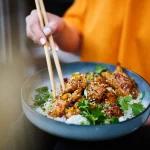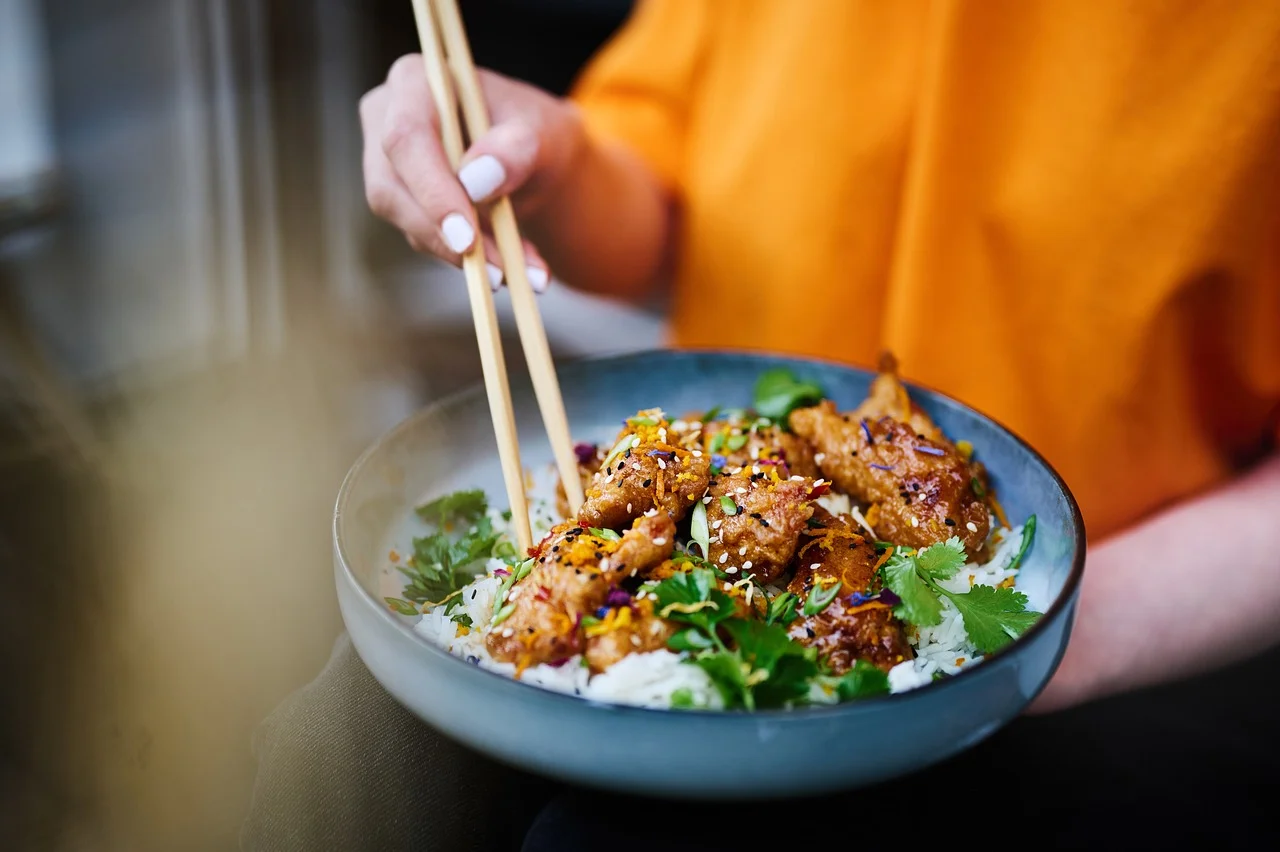The world of culinary delight often surprises us with its ability to craft unique experiences. One such delightful journey takes place with Cassasse, an exquisite dining ritual that has its roots in the Pollaste and Fobie traditions. For those who seek a deeper understanding of these terms and their place in culinary art, we’ve crafted a comprehensive guide to ensure you savor every moment of this ultimate experience.
What is Cassasse?
Cassasse is more than just a meal; it’s a carefully curated gastronomic experience that blends cultural traditions, creativity, and culinary mastery. Originating from the Mediterranean region, it emphasizes fresh, seasonal ingredients, balanced flavors, and a harmonious connection between food and atmosphere.
The meal typically revolves around courses that highlight seafood, olive oil, fresh herbs, and other signature ingredients of Mediterranean cuisine. Each dish is meant to be savored slowly, and the experience encourages social interaction, much like a traditional tapas or meze dining experience.
Pollaste: A Cornerstone of Cassasse
Pollaste refers to the method of preparing and presenting poultry in Cassasse meals. What sets Pollaste apart from other poultry dishes is the meticulous attention to seasoning, marination, and slow-cooking techniques that lock in the flavors while maintaining a perfect texture.
Why is Pollaste special in the Cassasse tradition?
Pollaste is celebrated for its balance of flavors. The seasoning is usually a mix of herbs like rosemary, thyme, and sage, combined with lemon and garlic for a refreshing yet savory flavor. The poultry is often roasted slowly or grilled to achieve a tender interior and crispy exterior. The preparation and serving of Pollaste are often accompanied by storytelling or a brief introduction to the history of the dish, which enhances the dining experience.
Fobie: The Sweet Finale
To complete the meal, Fobie is served as a sweet finish, often taking the form of delicate pastries, fruit-based desserts, or indulgent custards. Fobie isn’t just about satisfying a sweet tooth—it’s a cultural touchstone that symbolizes the perfect end to a shared meal.
What makes Fobie unique?
Fobie highlights the use of honey, nuts, and Mediterranean fruits such as figs, dates, and citrus. These ingredients combine to create rich, flavorful desserts that are not overly sweet but provide a sophisticated balance of natural flavors. In some traditions, the dessert course also includes a digestif, like a herbal liqueur or spiced coffee, to cleanse the palate and help the body digest the meal.
FAQs:
1. What does the word Cassasse mean?
Cassasse doesn’t have a direct translation but is derived from a Mediterranean dialect where it loosely refers to a harmonious gathering around food. It’s a symbolic term representing both the act of sharing a meal and the connection between those partaking in it.
2. Is Pollaste always poultry?
Yes, Pollaste specifically refers to the poultry aspect of the meal, although variations exist. In some cases, game birds such as quail or guinea fowl are used, but chicken and duck are most common.
3. How long does a typical Cassasse meal last?
Cassasse is about enjoying the process of eating, and it’s not meant to be rushed. A full Cassasse meal can last anywhere from two to three hours, depending on the number of courses and the pacing of the experience.
4. Can Fobie be made vegan or gluten-free?
Absolutely! Many variations of Fobie use fruits, nuts, and honey, which can easily be adapted for vegan or gluten-free preferences. There are plenty of modern interpretations that cater to different dietary needs while still maintaining the integrity of the dessert.
5. How can I experience Cassasse outside of the Mediterranean?
Several upscale restaurants around the world have embraced the Cassasse concept, offering tasting menus that reflect this tradition. You can also recreate the experience at home by focusing on fresh, high-quality ingredients and spending time on the preparation of each course.
6. Is Cassasse only served at dinner?
While Cassasse is traditionally an evening meal, some modern versions of the experience are adapted for brunch or lunch. The essence of Cassasse is in the sharing of food, not the time of day.
7. What drinks pair well with Cassasse?
For Pollaste, a dry white wine like a Sauvignon Blanc or a light red like Pinot Noir pairs wonderfully. Fobie is often paired with dessert wines, port, or herbal











